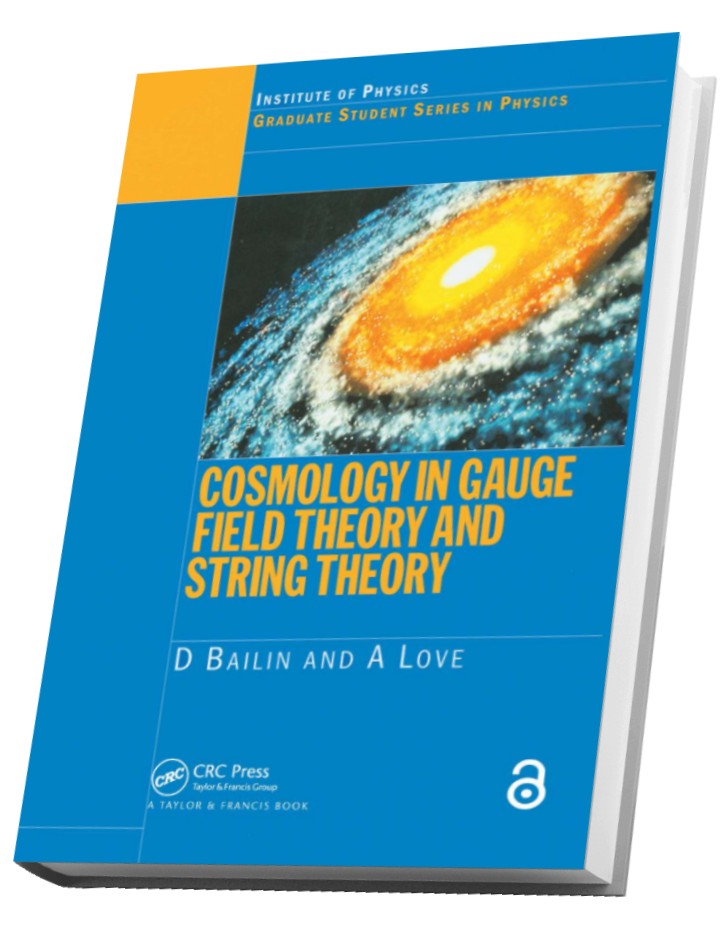Astronomy and Physics
(A) Astronomy
(1) Stellar Aberration
Stellar aberration, or velocity aberration, is a phenomenon which produces an apparent deviation of celestial objects about their true positions, dependent on the velocity of the observer. It causes objects to appear to be displaced towards the direction of motion of the observer compared to when the observer is stationary.
Letter by James Bradley in 1727 on stellar aberration:
An Account of a New Discovered Motion of the Fixed Stars

Recent papers on stellar aberration:
Steller Aberration from Earth and from a Satellite

A Pictorial Explanation of Stellar Aberration
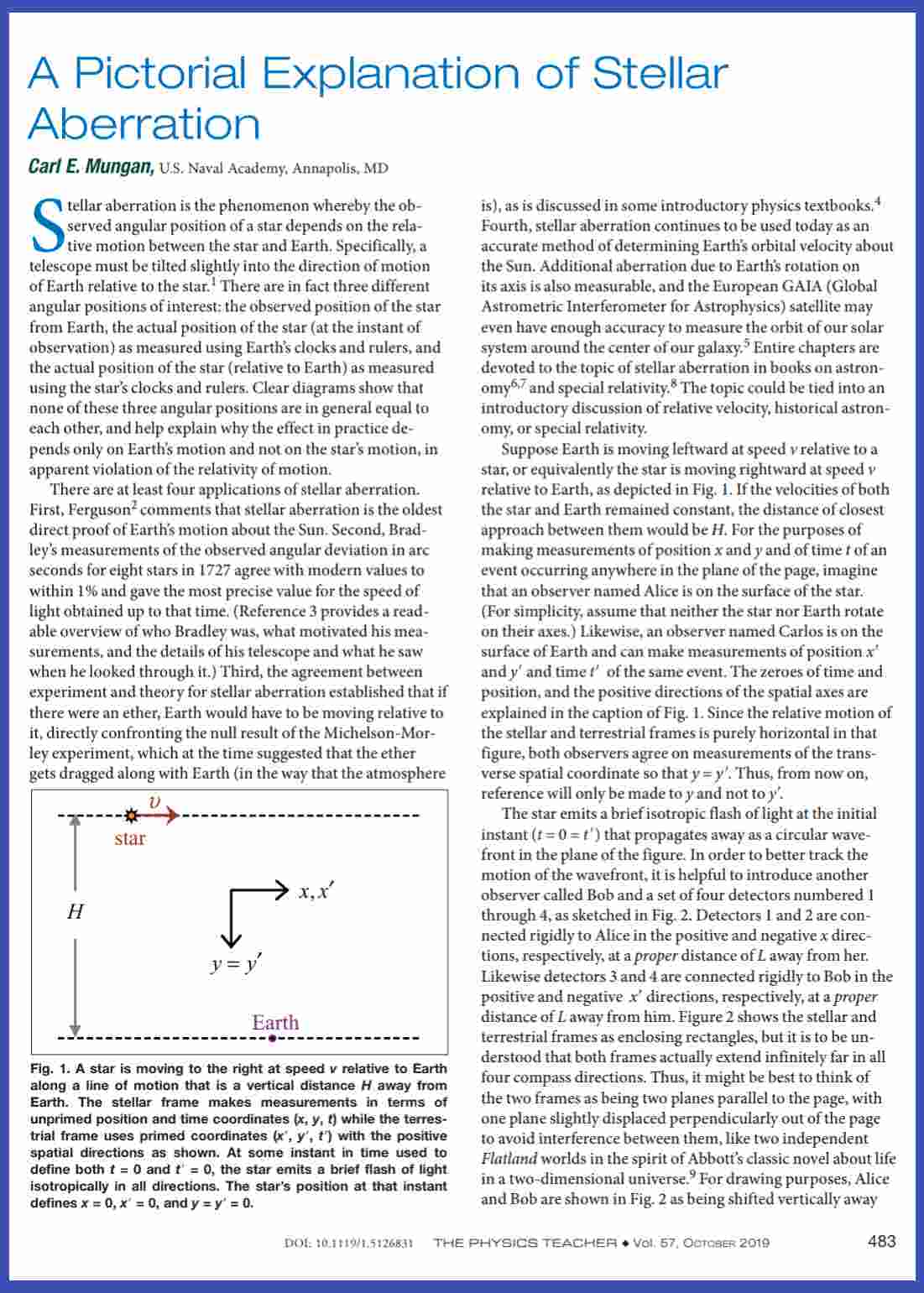
(2) Stellar parallax
Stellar parallax is the apparent shift of position of any nearby star (or other object) against the background of distant objects.
Below is a paper by Frank Watson Dyson(1868 – 1939). He was an English astronomer and the ninth Astronomer Royal who is remembered today largely for introducing time signals ("pips") from Greenwich, England, and for the role he played in proving Einstein's theory of general relativity. Dyson was an expert on solar eclipses. He is credited with organizing expeditions to observe the 1919 solar eclipse at Brazil and Príncipe. Dyson presented his observations of the solar eclipse of May 29, 1919 to a joint meeting of the Royal Society and Royal Astronomical Society on 6 November 1919. The observations confirmed Albert Einstein's theory of the effect of gravity on light which until that time had been received with some scepticism by the scientific community.
Measurement of the distances of the stars
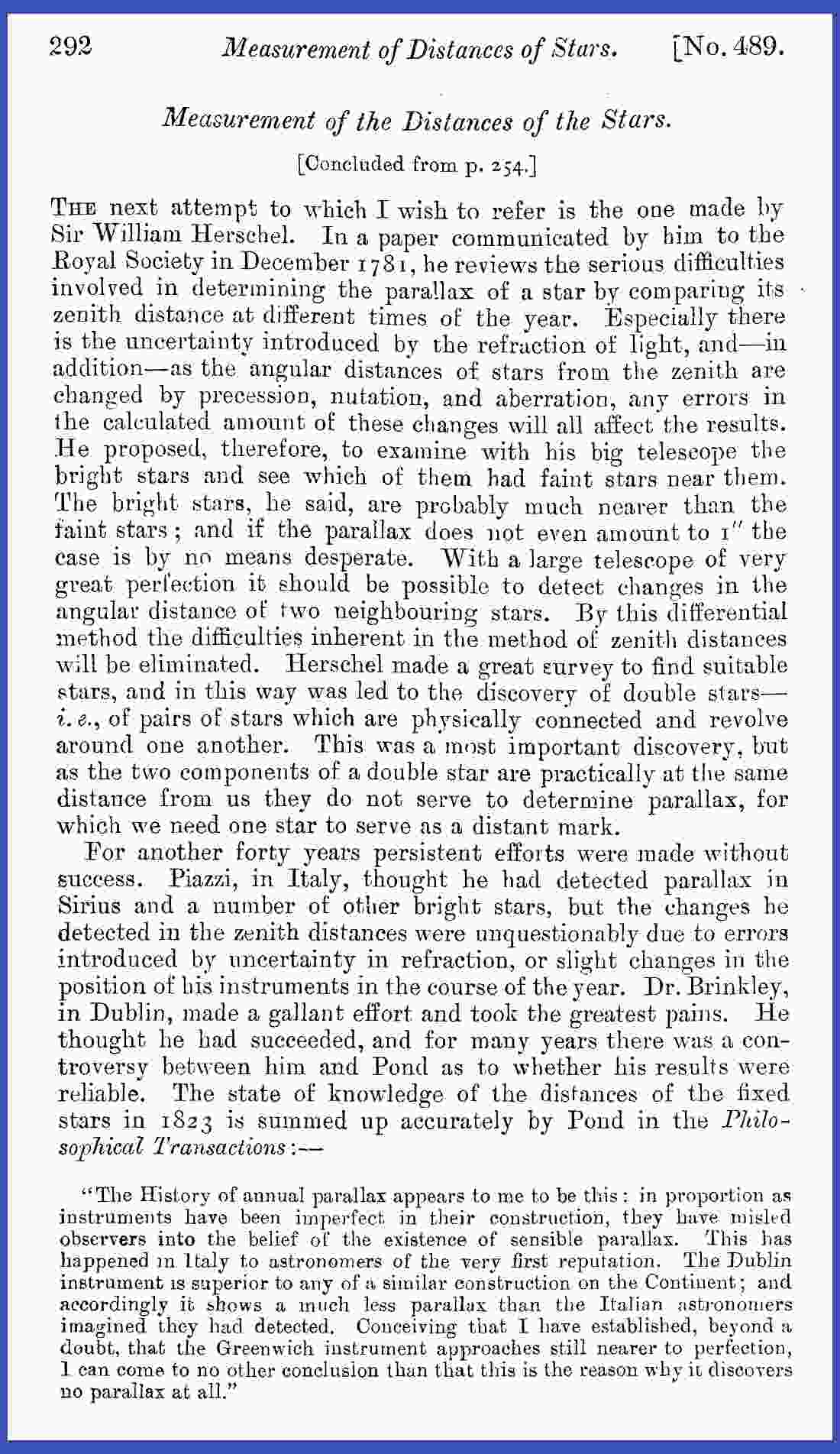
(B) Quantum Mechanics
Quantum mechanics is a fundamental theory in physics that provides a description of the physical properties of nature at the scale of atoms and subatomic particles. It arose gradually from observations which could not be reconciled with classical physics. A fundamental feature of the theory is that it cannot predict with certainty what will happen, but only give probabilities.
Below is a book by Paul Adrien Maurice Dirac (1902 – 1984). He was an English theoretical physicist who won the 1933 Nobel Prize in Physics, and is regarded as one of the most significant physicists of the 20th century.
The Principles of Quantum Mechanics (file size: about 20 MB)
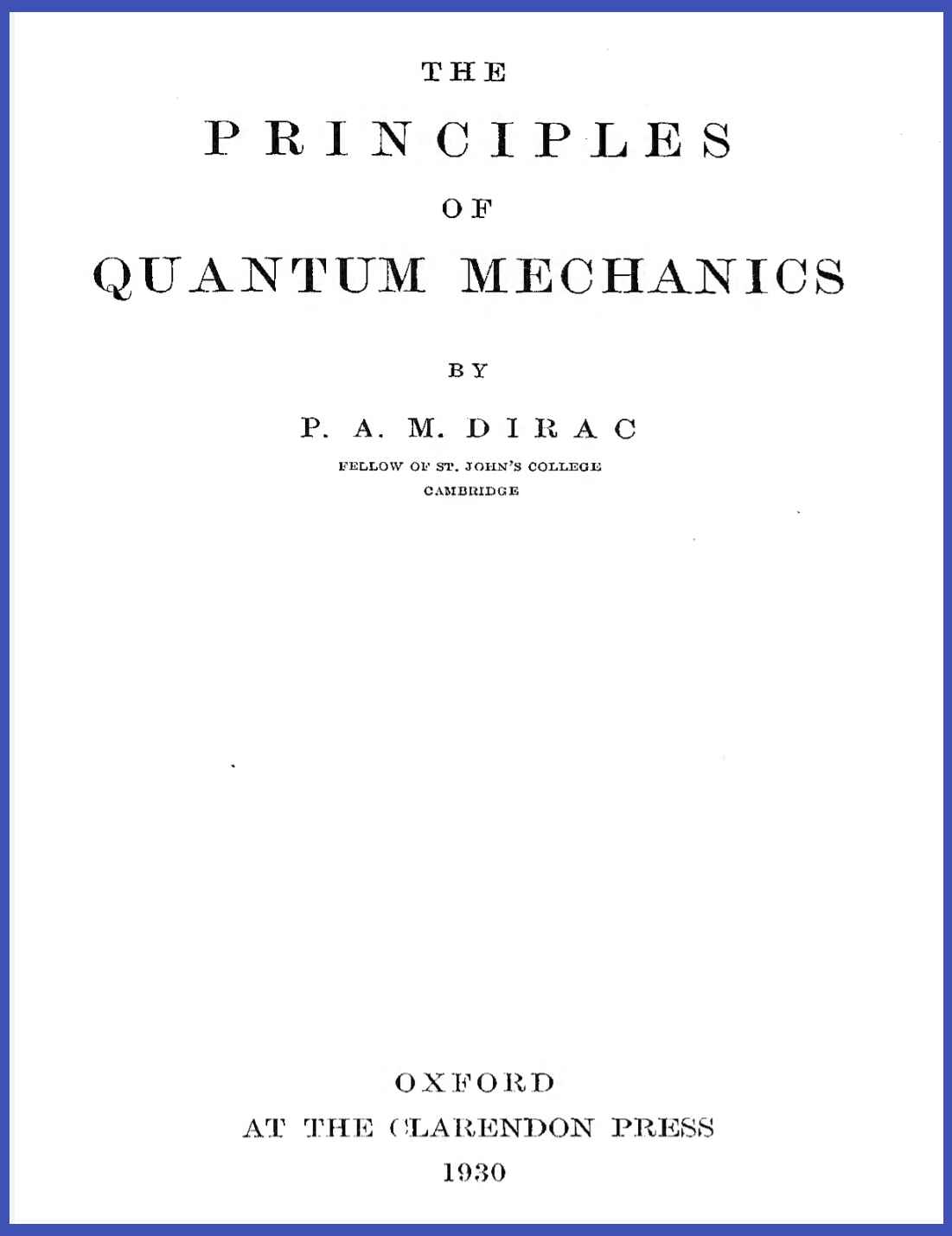
(C) Particle Physics
Particle physics (also known as high energy physics) is a branch of physics that studies the nature of subatomic particles that constitute matter and radiation.
Below are books on particle physics
An Introduction to Particle Physics and the Standard Model

Neutrino Physics (file size: about 11 MB)

Gauge Theories in Particle Physics -- A Practical Introduction
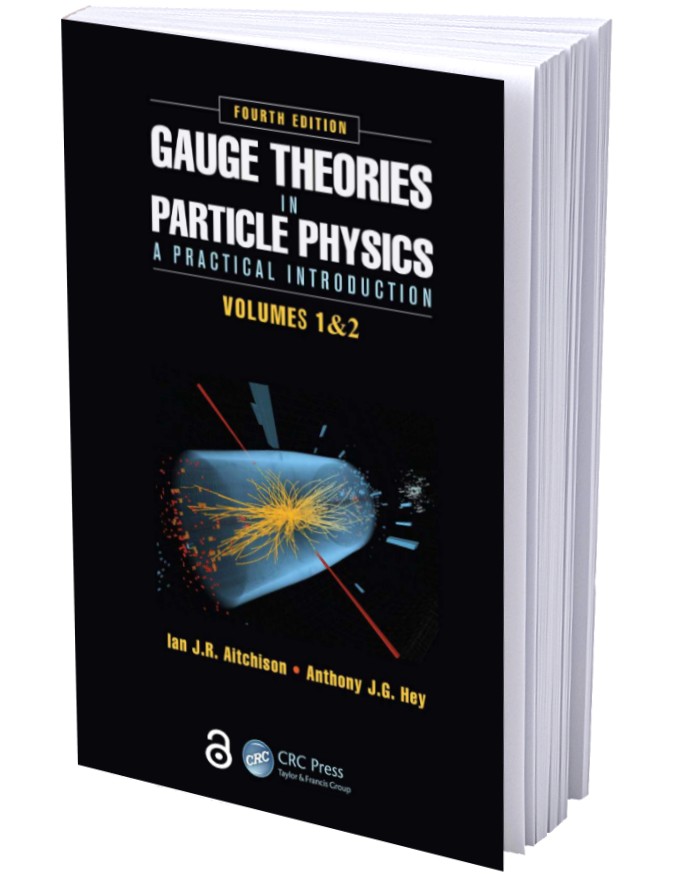
Heavy Flavour Physics - Theory and Experimental Results in Heavy Quark Physics and CP Violation (file size: about 13 MB)


Supersymmetric Gauge Field Theory and String Theory

(D) Cosmology
Cosmology is the study of the observable universe's origin, its large-scale structures and dynamics, and the ultimate fate of the universe, including the laws of science that govern these areas. Below is a book on cosmology:
Cosmology in Gauge Field Theory and String Theory
